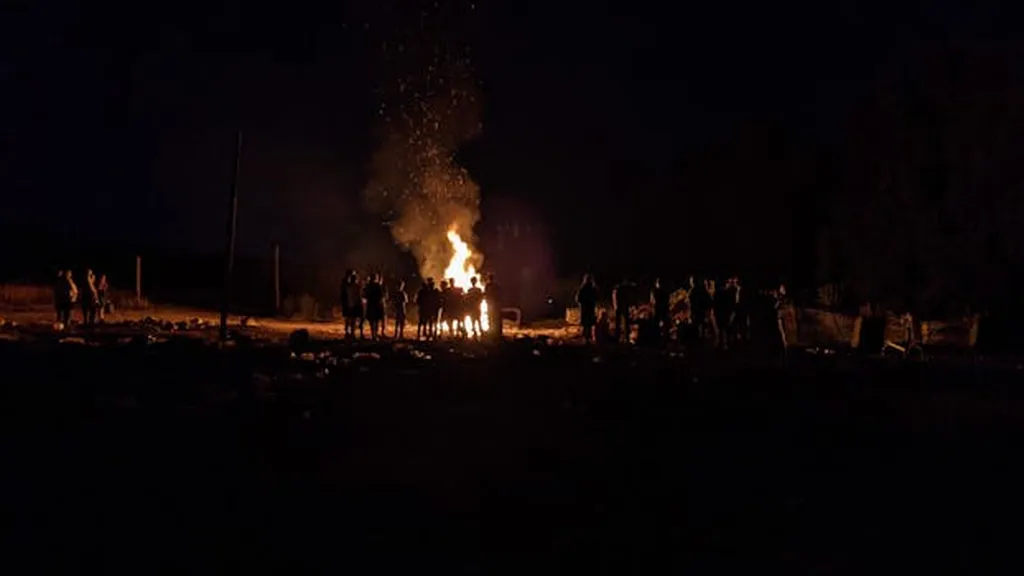In the heart of China’s Henan Province, a quiet revolution is taking place, one that could reshape our understanding of rural development and offer valuable insights for the energy sector. Caiwu Village, a rural revitalization demonstration village in Yuanyang County, is at the center of this transformation, serving as a case study for a groundbreaking research paper published in the journal *Land* (translated from Chinese).
The study, led by Danning Xing from the College of Landscape Architecture and Art at Henan Agricultural University, delves into the optimization and transformation of rural “production-living-ecological” functions (PLEFs). This research is not just about farming or conservation; it’s about the intricate dance between these functions and how their synergy can drive sustainable development.
Caiwu Village has undergone a remarkable evolution, transitioning through three distinct stages: traditional agriculture leading, ecological agriculture starting, and agriculture-tourism integration development. “This shift indicates a move from traditional agricultural production functions to modern production-ecological composite functions,” Xing explains. This transformation is not merely a change in land use but a profound reimagining of rural spaces.
The research employs a sophisticated blend of methods, including GIS spatial analysis, actor network analysis, and satisfaction fuzzy comprehensive evaluation. These tools help unpack the complex interplay of actors—governments, cooperatives, villagers, and natural resources—that drive the PLEF transformation.
One of the most compelling findings is the varying levels of satisfaction among villagers regarding different functions. Ecological functions received the highest satisfaction, followed by living functions, with production functions lagging behind. This insight underscores the importance of balancing economic, social, and environmental goals in rural development.
For the energy sector, the implications are significant. As the world grapples with the need for sustainable energy solutions, understanding how rural areas can integrate production, living, and ecological functions could offer valuable lessons. The synergy observed in Caiwu Village could inspire innovative approaches to energy production and consumption, particularly in agricultural areas.
Moreover, the study highlights the role of multiple actors in driving transformation. This collaborative approach could be a blueprint for future energy projects, emphasizing the need for stakeholder engagement and community involvement.
As we look to the future, the research conducted in Caiwu Village serves as a beacon of hope and a call to action. It challenges us to rethink our approach to rural development and energy production, urging us to strive for a more sustainable and integrated future. The findings published in *Land* are not just academic exercises; they are practical guides for shaping policies and practices that can benefit both rural communities and the broader energy sector.

